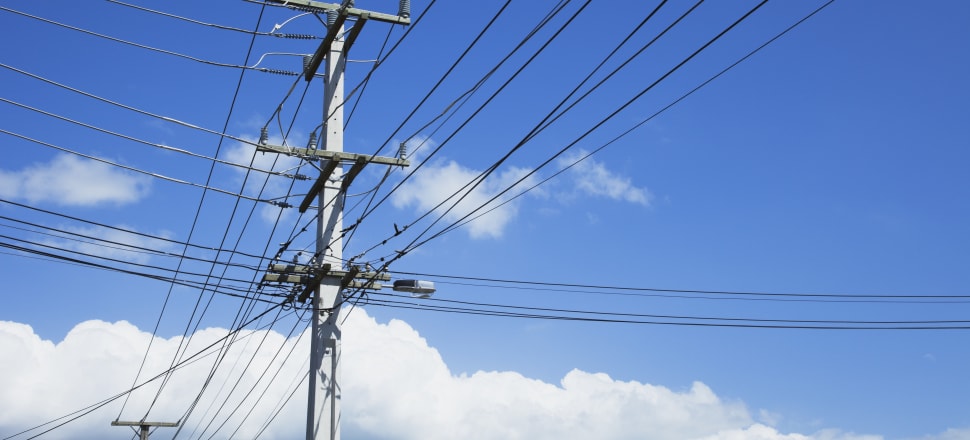
The failure of part of one of Auckland’s main electricity links will require years of intense works to repair
Large-scale works will take place in east Auckland over the next two to three years to replace large parts of a vital electricity cable following “unforeseen and unexpected” problems.
The work on the 10.5km underground cable follows faults in two of the cable’s 45 joints – however, the estimated $40 million refurbishments will see all 45 cable joints replaced.
Transpower grid delivery general manager Mark Ryall called this a “prudent approach” that would allow the cable to operate effectively for the rest of its expected 30 to 40-year lifespan.
Work is expected to begin in May or June of next year, with 15 cable joint bays needing to be excavated. Each will require a hole the size of a city bus.
Ryall said a range of other options had been looked at, including continuing to repair faults as they came up or bringing forward big investments planned for down the road, but concluded “replacing the joints over a two-year programme will give the best overall outcome for electricity users in the region”.
That $40 million represents around 4 percent of the power supplier’s yearly operating revenue from last year.
The cost will be absorbed into our transmission allowances and allocated to Transpower customers through transmission charges over the future life of the cable.
A Transpower spokesperson declined to comment on the exact cause of the failures due to confidentiality issues.
However, in an application by Transpower to the Commerce Commission last year to reconsider funding, the electricity grid operator said in recent years the cables had been switched in and out of service at an average rate of 180 times per year as an operational measure to manage high voltages.
Following this, there were two significant cable joint failures on the Brownhill-Pakuranga cable, resulting in restrictions on cable switching for operationally managing voltages.

Transpower said international research had identified the frequency of switching of high voltage cables is not a common industry practice.
Documents from the Commerce Commission agreed “frequently switching large capacity cable circuits is not an appropriate means of operationally managing system voltages”.
The application said there was a need to invest in shunt reactors that could manage voltage.
The announced joint-replacing work will require digging at 15 sites, 10 of which are on roads or roadsides.
Two are in council reserves, two are on private property and one is on Transpower property.
Ryall said it’s a “complex civil works project” with disruptions, and Transpower would work with local communities and mana whenua to try to reduce disturbance.
“We want to work collaboratively to understand any impacts to communities and find the best solution to mitigate or avoid these,” he said.
Each excavation will be there for about four months.
The underground cable, which weaves beneath the suburban streets of Dannemora and up Te Irirangi Drive, gave Auckland its first power link not running through the chokepoint of Ōtāhuhu substation.
Transpower said a companion cable on the circuit between Brownhill and Pakuranga, as well as a temporary bypass line in north Waikato, ensured the security of the power supply.







